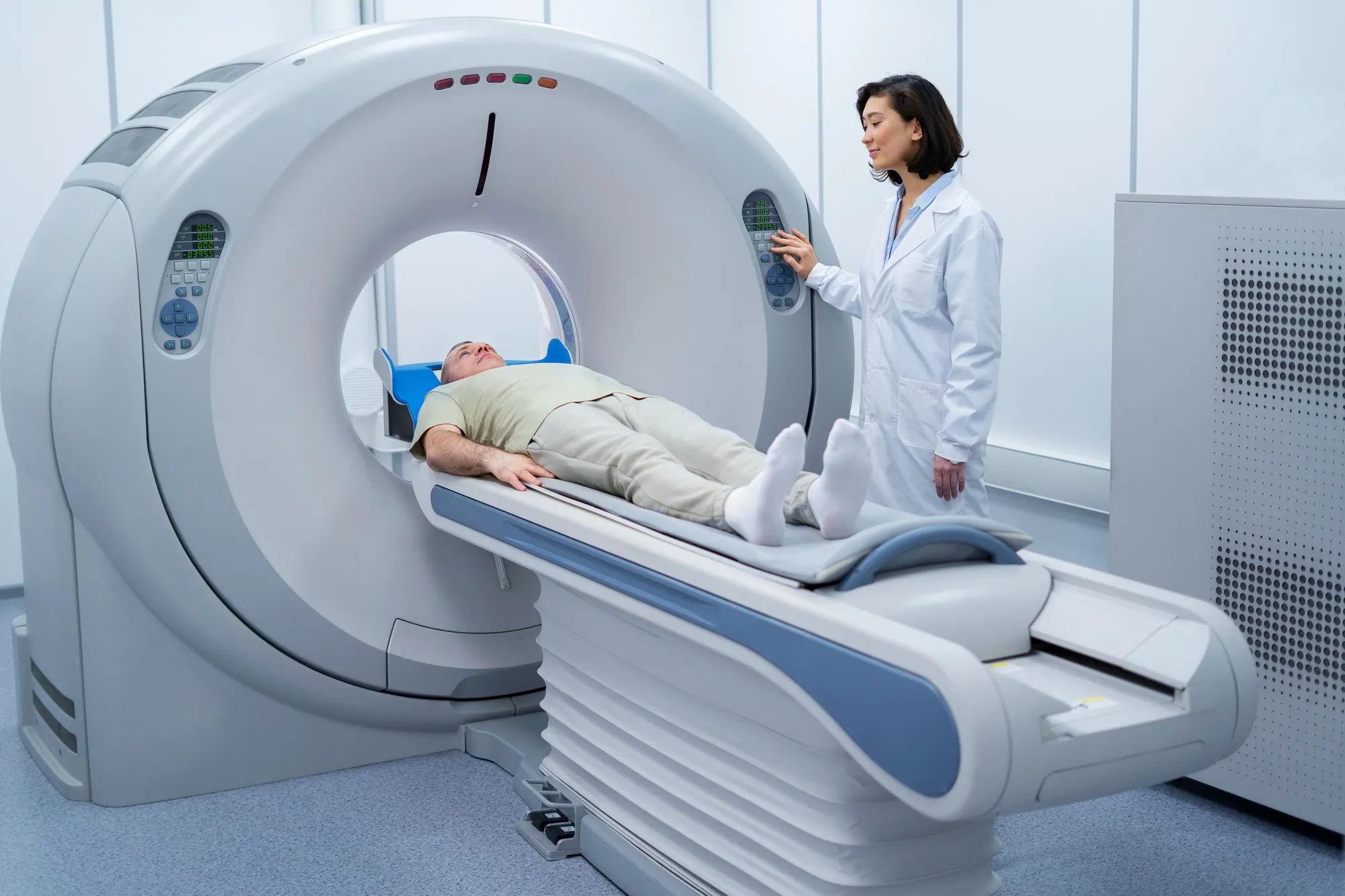In what can be considered a significant medical observation, researchers from the reputable National Center for Cardiovascular Diseases of China have published a compelling case study centered on a young male patient’s unusual progression from apical hypertrophic cardiomyopathy (HCM) to the formation of an apical aneurysm with midventricular obstruction. The case, documented meticulously by a consortium of doctors led by Yu S Q, Yang K, and Zhao S H from the Department of Magnetic Resonance, illustrates the subtle yet potentially severe developments that can occur in cardiac diseases even in the absence of overt cardiovascular symptoms.
The study, released in the journal “Zhonghua Xin Xue Guan Bing Za Zhi,” showcases how a routine checkup for an abnormal electrocardiogram (ECG) can escalate into a critical diagnosis that necessitates a nuanced approach to patient care. The comprehensive article shares insights into the morphological, functional, and histological transformations of HCM into an aneurysm, shedding light on the condition’s underlying mechanisms. The detailed account of the findings is available in the 2024 January issue of the journal under the DOI: 10.3760/cma.j.cn112148-20231009-00271.
Clinical Context
Apical hypertrophic cardiomyopathy, a variant of HCM, is generally characterized by the thickening of the heart’s apex. It is vastly studied due to its potential to progress asymptomatically and consequently, cause unexpected cardiac events. This condition, although uncommon, poses serious risks such as arrhythmias, sudden cardiac death, and—as evidenced by this case—ventricular outflow obstruction and aneurysm formation.
The importance of such a case report lies in its capacity to expound upon and humanize the sterility of clinical data, offering a narrative that adds depth to the mere statistics and percentages often associated with cardiac diseases. It also emphasizes the vital role of advanced diagnostic techniques, such as magnetic resonance imaging (MRI), in detecting and monitoring cardiomyopathies.
A Progressive Discovery
The patient, a young male, initially sought medical attention due to abnormalities in a routine ECG. He was asymptomatic with no relevant cardiovascular system complaints reported. Further examination using cardiac MRI divulged that what had been merely an abnormality on an ECG was, in reality, an apical HCM complicated with a midventricular cavity obstruction and subsequent aneurysm formation.
The case report accentuates the gravity of follow-up and constant monitoring, noting the MRI’s demonstration of myocardial perfusion defects during adenosine stress testing. Such defects suggested a reduced coronary flow reserve, potentially inciting exertion-related myocardial ischemia that might have contributed to the aneurysm’s development. This aspect of the care process cannot be overstated, as it provided evidence needed to establish a narrative on the potential etiology of the condition, leading to a more tailored and effective treatment approach.
Diagnostic Revelations and Implications for Care
The MRI findings illustrated in the case study present a plethora of clinical lessons. They underscore the indispensable value held by cardiac MRI in the follow-up and re-evaluation of patients with HCM. The imaging modality does not only visually chart the progression of the disease but also aids in unraveling the pathophysiological changes occurring silently within the cardiac muscle. It offers clinicians a window into the myocardial metabolism and vascular dynamics that underpin the hypertrophic process.
Furthermore, the case provides impetus for continued research into the mechanisms leading to such atypical presentations of HCM. Understanding the causative link between the patient’s exertion-related ischemia and the formation of the anomalous apical aneurysm could pioneer advancements in preventative strategies.
Conclusions and Future Directions
This case report from “Zhonghua Xin Xue Guan Bing Za Zhi” serves as an emblematic narrative that accentuates the unpredictable nature of cardiomyopathies like HCM and the essential role of state-of-the-art diagnostic tools in their management. Clinicians are endowed with the responsibility to consider such atypical case developments in their diagnostic assessments and strategize patient care accordingly.
The publication will undoubtedly spur subsequent investigations that aim to prevent and predict such cardiovascular anomalies. For medical professionals and researchers alike, it’s a poignant reminder that vigilance in diagnosis and follow-up is the cornerstone of preventing severe complications in seemingly asymptomatic cardiac conditions.
Keywords
1. Apical hypertrophic cardiomyopathy
2. Apical aneurysm
3. Midventricular obstruction
4. Cardiac MRI
5. Coronary flow reserve
References
1. Yu S Q, Yang K, Zhao S H, et al. A case of apical hypertrophic cardiomyopathy developed into apical aneurysm with midventricular cavity obstruction. Zhonghua Xin Xue Guan Bing Za Zhi. 2024 Jan 24;52(1):79-81. doi:10.3760/cma.j.cn112148-20231009-00271.
2. Maron BJ, Rowin EJ, Casey SA, et al. Hypertrophic cardiomyopathy in adulthood associated with low cardiovascular mortality with contemporary management strategies. J Am Coll Cardiol. 2015 May 26;65(20):1915-28. doi:10.1016/j.jacc.2015.03.569.
3. Klarich KW, Binder J, Lester SJ, et al. Apical Hypertrophic Cardiomyopathy: Present Status. Int J Cardiol. 2013 Dec;170(2):145-53. doi:10.1016/j.ijcard.2013.10.013.
4. Sherrid MV, Balaram S, Kim B, et al. The Mitral Valve in Obstructive Hypertrophic Cardiomyopathy: A Test in Context. J Am Coll Cardiol. 2016 May 17;67(19):1846-58. doi:10.1016/j.jacc.2016.02.054.
5. Maron MS, Maron BJ. Clinical Impact of Contemporary Cardiovascular Magnetic Resonance Imaging in Hypertrophic Cardiomyopathy. Circulation. 2015 Oct 20;132(16):292-8. doi:10.1161/CIRCULATIONAHA.115.016311.
